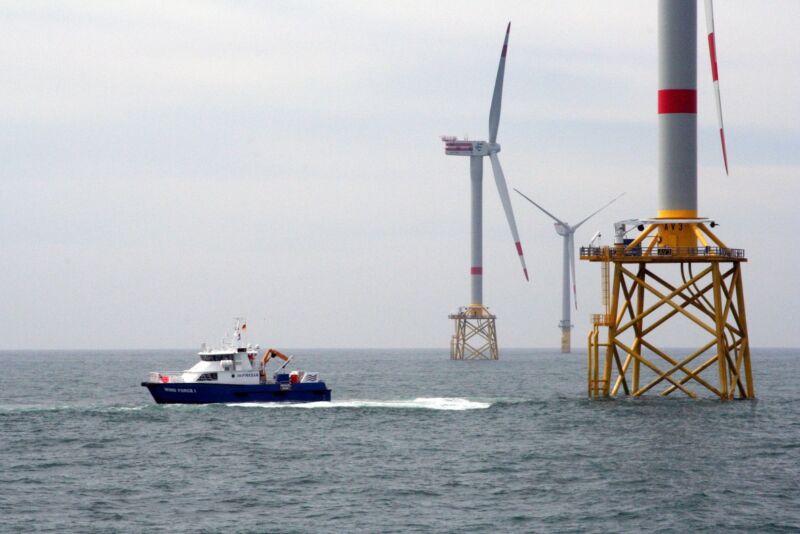2019 saw over 60 gigawatts of wind power installed
Ars Technica » Scientific Method 2020-03-27

Enlarge (credit: Gary Norton/DOE)
On Wednesday, the Global Wind Energy Council, an industry trade organization, released its review of the market in 2019. During the past year, wind power saw its second-largest amount of new installed capacity ever, with over 60GW going in. But the news going forward is a bit more uncertain, with the report predicting that after years of double-digit growth, the industry would see things tail off into steady-but-unspectacular territory. And that prediction was made before many key markets started dealing with the coronavirus.
A very good year
Wind power is now one of the cheapest options for generating electricity. In many areas of the globe, building and maintaining wind power is cheaper per unit of power than it is to fuel a previously constructed fossil fuel plant. While offshore wind remains more expensive, its prices have dropped dramatically over the last several years, and it is rapidly approaching price parity with fossil fuels.
But cost isn't the only thing at issue. Renewables may require new transmission lines to feed their power to where people actually live, and managing wind's intermittent nature may require grid upgrades once its percentage gets high enough. And due to the past successes of wind, a significant number of the best sites are now already in use in some regions. Given those issues, it can be difficult to justify shutting down power plants that may have decades of service left in their expected lifespan. This is especially true in fully industrialized countries, where total electricity use has been trending downward, largely due to gains in energy efficiency.